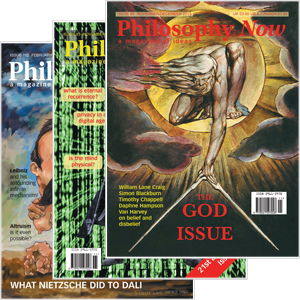
Your complimentary articles
You’ve read all of your complimentary articles for this month. To have complete access to the thousands of philosophy articles on this site, please
If you are a subscriber please sign in to your account.
To buy or renew a subscription please visit Subscriptions.
If you are a print subscriber you can contact us to create an online account.
Creativity
The Philosophy of Creativity
Rick Lewis asks Elliot Paul and Christine Battersby what’s new in this fascinating field.
How can you be more creative? What is the connection between creativity and inspiration? Where do inspirations come from? The novelist Terry Pratchett, who knew a thing or two about imagination, had an amusing theory about this, as follows: “Little particles of inspiration sleet through the universe all the time travelling through the densest matter in the same way that a neutrino passes through a candyfloss haystack, and most of them miss.”
In a more earnest vein, Robert Pirsig wrote in Zen and the Art of Motorcycle Maintenance (1974) about the relationship between the mechanic’s mind, hand and eye, as one of constantly assessing a problem and making the changes that seems to be called for, and then reassessing and making further changes, in a continually unfolding creative process. This process, Pirsig claimed, was what united motorcycle mechanics with sculptors and other artists.
What have contemporary philosophers written about the nature of creativity? What’s the state of the debate? It has been quieter than you might suppose, but recently there have been signs of life. In 2010 Professor Berys Gaut of the University of St Andrews wrote a wide-ranging paper called ‘The Philosophy of Creativity’ in the journal Philosophy Compass.
…









